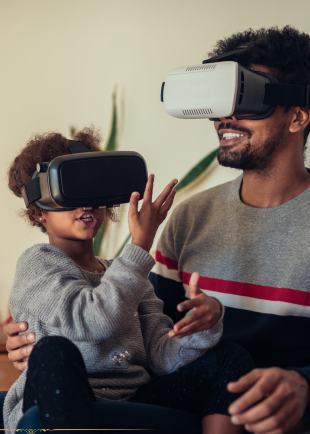Explore how wearable health devices are transforming patient monitoring and the future of healthcare. Discover how real-time data and remote tracking are empowering both patients and doctors.
A New Era of Patient-Centered Care
The healthcare industry is undergoing a revolution, and wearable health devices are at the center of this transformation. No longer confined to hospital walls, patient monitoring has expanded into daily life through technology embedded in everyday accessories. Devices like smartwatches, fitness bands, and medical-grade wearables are now capable of continuously tracking health metrics such as heart rate, blood oxygen, sleep patterns, and even ECG data. This shift is enabling more proactive, personalized, and preventative healthcare than ever before.
Real-Time Health Monitoring Beyond the Clinic
One of the most significant changes brought by wearable technology is the ability to monitor patients in real time, 24/7. Unlike periodic check-ups or episodic doctor visits, wearables collect data continuously, offering a detailed and dynamic view of a person’s health status. For individuals with chronic conditions like hypertension, diabetes, or arrhythmias, this means early detection of irregularities and quicker intervention. Healthcare providers can remotely access this data, analyze trends, and make more informed decisions without waiting for the next in-person appointment.
Empowering Patients with Data and Insights
Wearable devices do more than monitor—they educate and empower users. With access to daily health insights, patients are encouraged to take an active role in managing their well-being. Real-time feedback allows individuals to understand the impact of their diet, exercise, sleep, and stress on their overall health. This level of engagement promotes healthier lifestyle choices and increases adherence to treatment plans. As a result, healthcare becomes a collaborative journey between patients and providers.
Remote Monitoring and Telemedicine Integration
The COVID-19 pandemic accelerated the adoption of telemedicine, and wearable devices are a natural extension of this digital care model. Doctors can now remotely monitor patients recovering from surgery, managing chronic diseases, or undergoing treatment at home. Through secure apps and cloud platforms, data is transmitted seamlessly to healthcare teams, enabling timely support without the need for physical visits. This reduces hospital readmissions, lowers costs, and improves access to care—especially in rural or underserved areas.
Advanced Capabilities and Clinical Applications
The latest generation of wearables is equipped with advanced sensors and AI algorithms capable of detecting conditions before symptoms even appear. Devices can alert users to abnormal heart rhythms, signal respiratory distress, or indicate early signs of infection. Clinical trials are exploring wearable applications in mental health, oncology, and even neurological monitoring. Some devices now offer continuous glucose monitoring for diabetics, eliminating the need for frequent finger pricks and significantly improving quality of life.
Data Accuracy, Privacy, and Regulatory Considerations
While the potential of wearable technology is immense, it also raises important questions about data accuracy and privacy. Not all devices are created equal—medical-grade devices undergo rigorous testing and regulatory approval, while consumer-grade gadgets may vary in precision. Ensuring data security and patient consent is crucial as more personal health information is stored and transmitted digitally. Healthcare systems and regulators must work together to establish standards that balance innovation with patient safety and trust.
The Future Landscape of Connected Health
Looking ahead, the integration of wearable devices with artificial intelligence, electronic health records (EHR), and predictive analytics will reshape healthcare delivery. As devices become smaller, smarter, and more comfortable, adoption rates will continue to rise. The future may see smart clothing, implantable sensors, and even bio-compatible wearables that interact directly with our bodies. These advancements will not only enhance diagnosis and treatment but also shift the focus of healthcare from reactive to preventative, ultimately reducing disease burden and improving population health outcomes.
Wearable health devices are more than a tech trend—they are a game-changing force in modern healthcare. By enabling real-time monitoring, personalized insights, and remote care, they are redefining how patients and doctors interact. As the technology matures and becomes more integrated into healthcare systems, wearable devices will play a pivotal role in delivering smarter, more accessible, and more effective care for all.











